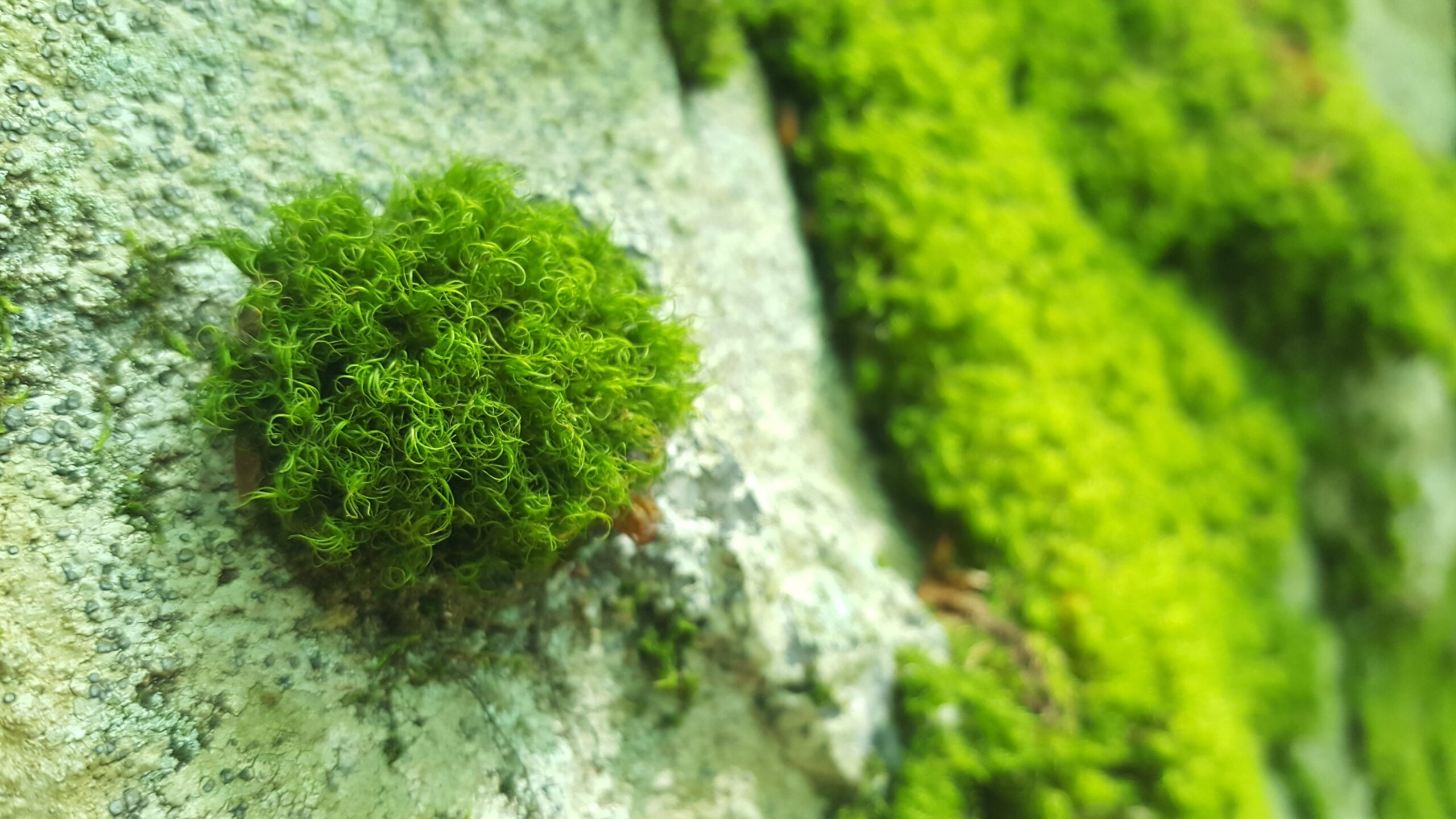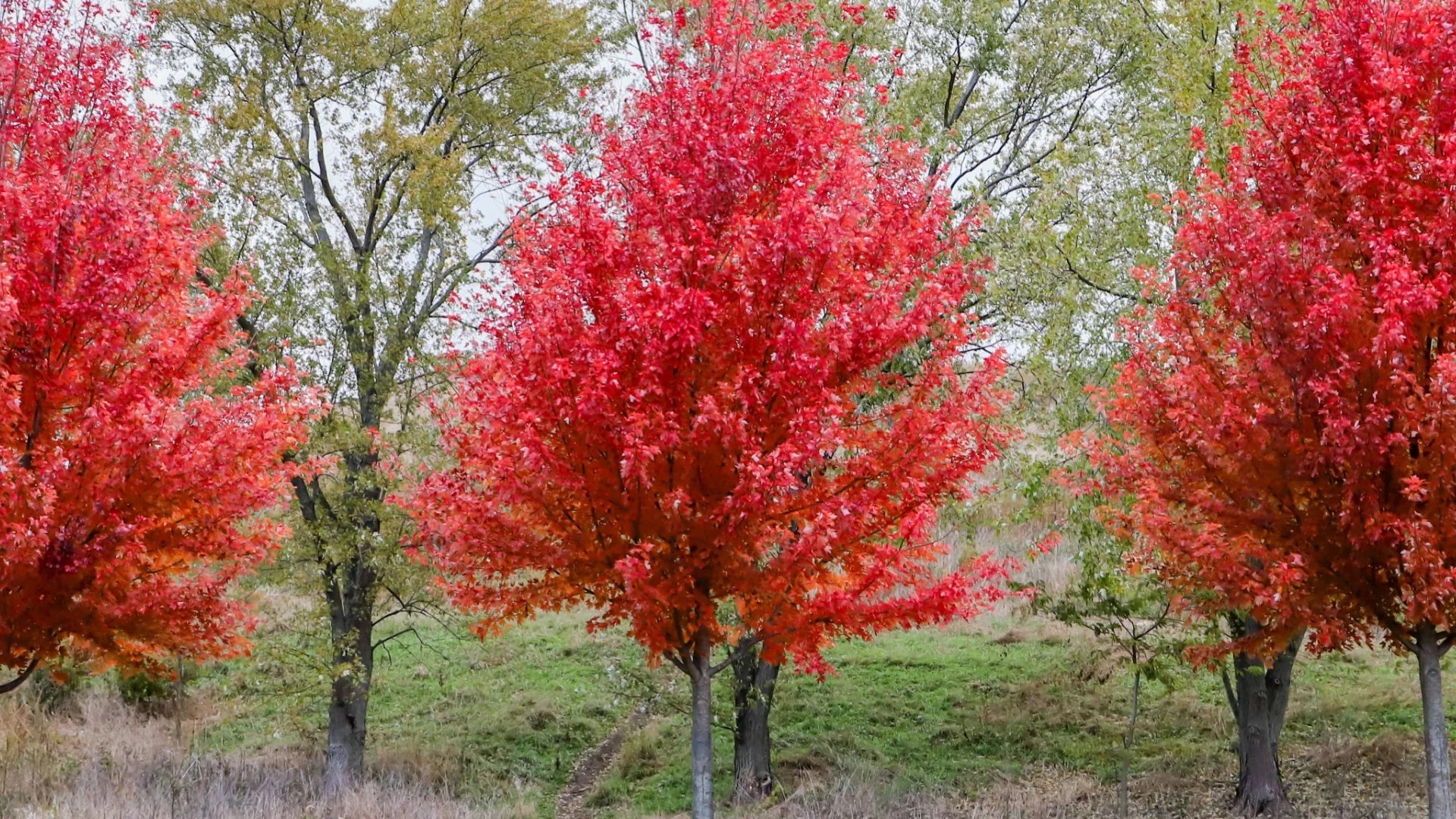Once upon a sunny morning, amidst a garden filled with vibrant blooms and lush greenery, stood a majestic Pom Pom tree. Its branches stretched like welcoming arms, adorned with clusters of round, fluffy foliage that danced in the gentle breeze. However, as beautiful as it was, the Pom Pom tree required care and attention to maintain its splendor.
For the Pom Pom tree, pruning is not just a task but a delicate process that requires precision and care. In this enchanting journey through the world of Pom Pom tree care, we will unravel the secrets of pruning, step by step, to ensure that your Pom Pom tree flourishes with vitality and grace.
Understanding the Pom Pom Tree
As we delve deeper into the realm of Pom Pom tree pruning, it’s essential first to understand the nature of this unique and enchanting species. The Pom Pom tree, also known as the Pom-Pom Chinese Hackberry or Celtis occidentalis ‘Umbraculifera,’ is a deciduous tree native to North America. Its distinctive feature lies in its rounded canopy, resembling a fluffy ball or, as some may say, a pom-pom.
Standing tall with a maximum height of 40 feet and a spread of 30 feet, the Pom Pom tree graces landscapes with its ornamental charm. Its lush green leaves turn a golden yellow in the fall, painting a picturesque scene of autumnal beauty. While its delicate appearance may suggest otherwise, the Pom Pom tree is surprisingly resilient and able to withstand various climatic conditions and soil types.
However, the Pom Pom tree requires regular pruning to maintain its elegance and vigor. Pruning serves multiple purposes for this species.
Tools of the Trade
Before embarking on our pruning journey, gathering the necessary tools is essential. Like a skilled knight preparing for battle, gardeners must equip themselves with the proper arsenal to conquer the task. For pruning the Pom Pom tree, you will need:
- Pruning Shears: Also known as hand pruners or secateurs, these are essential for cutting small branches and twigs.
- Loppers: Designed for thicker branches, loppers provide extra leverage and cutting power, making them ideal for more significant cuts.
- Pruning Saw: For hefty branches that exceed the capacity of loppers, a pruning saw comes to the rescue. Its serrated blade makes quick work of tough wood.
- Gloves: Secure your hands from thorns, splinters, and sap with a sturdy pair of gardening gloves.
- Safety Gear: Depending on the tree’s height and the pruning task’s nature, consider wearing safety goggles and a helmet to shield and protect yourself from falling debris.
Step-by-Step Pruning Guide
Step 1: Assess the Tree
Before making any cuts, take a moment to observe the Pom Pom tree from all angles. Identify any dead, damaged, or diseased branches that need removal. Additionally, look for crossing or rubbing branches that impede healthy growth or disrupt the tree’s aesthetic appeal.
Step 2: Start with Deadwood Removal
Remove any dead, diseased, or damaged branches using your pruning shears or loppers. This encourages proper healing and prevents the spread of diseases.
Step 3: Shape the Canopy
Next, focus on shaping the Pom Pom tree’s canopy to maintain its rounded form. Start by identifying branches that extend beyond the desired silhouette and carefully trim them back. Remember to periodically assess the tree’s overall shape and symmetry as you work.
Step 4: Thin Out the Interior
Selectively remove some interior branches to improve air circulation and sunlight penetration within the canopy. This opens up the tree’s structure and reduces the risk of disease and pest infestation. Aim to create a balanced, airy canopy while preserving the Pom Pom tree’s natural elegance.
Step 5: Consider the Season
Focus on light maintenance pruning during these seasons and reserve more extensive pruning for late winter or early spring when the tree is idle.
Step 6: Monitor and Maintain
Pruning is not a once a lifetime task but an ongoing process. Regularly monitor the Pom Pom tree’s growth and health and perform maintenance pruning to keep it in top condition. Your Pom Pom tree will continue to thrive and delight with proper care and attention for years.
|
Mistake |
Consequences |
|
1. Pruning at the Wrong Time |
Pruning at the wrong time, such as during the active growing season, can stress the tree and inhibit new growth. |
|
2. Making Improper Cuts |
Improper pruning cuts, such as leaving stubs or cutting too near to the trunk, might result to decay and disease. |
|
3. Over-Pruning |
Excessive pruning can weaken the tree’s structure and result in sparse foliage, reducing its aesthetic appeal. |
|
4. Negleciting to Shape the Crown |
Please properly shape the pom crown to avoid an uneven or crooked appearance that detracts from its beauty. |
|
5. Ignoring Safety Precautions |
Neglecting safety precautions when using pruning tools can result in accidents or injury to yourself or others. |
|
6. Neglecting Regular Maintenance |
Skipping regular maintenance, such as monitoring for new growth or pest infestations, can lead to unchecked issues and a decline in tree health. |
Tips for Pom Pom Tree Care
With our pruning adventure complete, it’s time to ensure that our Pom Pom tree continues flourishing and thriving. Here are some essential tips for caring for your newly pruned arboreal masterpiece:
- Watering: Regularly watering keeps the soil around the Pom Pom tree moist but not waterlogged. During dry spells, increase watering frequency to prevent drought stress.
- Fertilization: Apply a balanced fertilizer in early spring to give essential nutrients for healthy growth. Follow the manufacturer’s instructions regarding dosage and application methods.
- Mulching: spread an amount of organic mulch around the tree’s base to conserve moisture, suppress weeds, and regulate soil temperature
- Pest and Disease Management: Monitor the Pom Pom tree for signs of pest infestation or disease, such as leaf discoloration, wilting, or abnormal growth. Treat any issues promptly using organic or chemical control methods as needed.
- Pruning Maintenance: Continue to perform light pruning to maintain the Pom Pom tree’s shape and health. Remove any suckers or water sprouts that emerge from the trunk or branches to prevent overcrowding.
- Protection from Harsh Conditions: During extreme heat or cold periods, provide additional protection to the Pom Pom tree. Shield it from intense sunlight with shade cloth or provide frost protection during cold snaps.
- Regular Inspection: Inspect the Pom Pom tree’s foliage, branches, and trunk for signs of stress, damage, or irregularities. Early detection allows for prompt intervention and prevents potential problems from escalating.
The Beauty and Benefits of Pruning
As we conclude our exploration of pruning the Pom Pom tree, it’s worth delving deeper into the profound beauty and numerous benefits this practice bestows upon the tree and its caretaker.
Enhancing Aesthetic Appeal:
Pruning is akin to sculpting in gardening, allowing us to shape and mold the Pom Pom tree into a living work of art. We create a visual masterpiece that delights the senses and elevates the landscape by carefully removing excess growth, shaping the canopy, and maintaining symmetry. With its rounded form and fluffy foliage, the Pom Pom tree lends itself particularly well to creative pruning, transforming ordinary gardens into enchanting realms of botanical beauty.
Promoting Health and Vitality:
Removing dead, diseased, or damaged branches eliminates potential entry points for pests and diseases, safeguarding the tree’s well-being. Furthermore, thinning out the canopy enhances air circulation and sunlight penetration, fostering optimal conditions for photosynthesis and growth. As a result, the Pom Pom tree thrives with renewed vigor, its branches reaching skyward in a testament to the power of attentive care.
Encouraging Fruitfulness:
For certain varieties of Pom Pom trees, such as the Celtis occidentalis ‘Umbraculifera,’ pruning can also stimulate fruit production. By strategically shaping the canopy and directing the tree’s energy towards fruit-bearing branches, we maximize the yield of delectable fruits, adding a flavorful dimension to the tree’s ornamental appeal. Whether enjoyed fresh off the tree or incorporated into culinary creations, the fruits of our labor serve as a gratifying reward for our pruning efforts.
Fostering Connection with Nature:
Pruning the Pom Pom tree is not merely a horticultural task but a profoundly enriching experience that fosters a profound connection with nature. As we immerse ourselves in the gentle rhythm of pruning, we become attuned to the tree’s subtle cues and rhythms, forging a bond that transcends mere observation. Through our nurturing touch, we become stewards of the natural world, guardians of its beauty and bounty, and participants in the timeless dance of growth and renewal.
Sowing Seeds of Inspiration:
Finally, pruning the Pom Pom tree is a source of inspiration and creativity, igniting a spark of imagination that reverberates far beyond the confines of the garden. Just as each cut of the shears shapes the tree’s destiny, so does it shape our own, guiding us along a path of self-discovery and personal growth. As we witness the transformative power of our efforts reflected in the Pom Pom tree’s radiant splendor, we are reminded of the infinite possibilities that lie idle within us, waiting to be awakened and nurtured into bloom.
Frequently Asked Questions (FAQs) About Pruning Pom Pom Trees
We naturally encounter questions as we journey through the art of pruning Pom Pom trees. Here are some frequently asked questions and their answers to provide clarity and guidance:
1. When is the best time to prune a Pom Pom tree? Pruning is typically best done during late winter or early spring while the tree is idle. However, light maintenance pruning can be performed year-round as needed.
2. How much of the tree should be pruned at once? It’s generally recommended to avoid removing beyond 20-25% of the tree’s canopy in a one-time pruning session to minimize stress and promote healthy regrowth.
3. Can I prune a Pom Pom tree to a specific shape? Pom Pom trees can be pruned to maintain their characteristic rounded form or shaped into alternative designs with careful pruning. However, keeping the tree’s overall health and structure is essential while shaping it.
4. How do I prevent disease when pruning? To lessen the risk of disease transmission, use sharp, clean pruning tools and make clean trims just on the outer branch collar. Avoid pruning during wet weather, as moisture can promote fungal growth.
5. Will pruning stimulate new growth on my Pom Pom tree? Pruning can stimulate new growth by redirecting the tree’s energy towards healthy branches. However, excessive pruning or improper techniques may lead to stress and reduced vigor.
6. Can I prune a young Pom Pom tree, and if so, how should I do it? Young Pom Pom trees can and should be pruned to encourage proper structure and form. Focus on removing competing branches, shaping the canopy, and addressing issues like crossing or rubbing branches.
7. What should I do if I’ve pruned too much from my Pom Pom tree? If you’ve accidentally pruned too much from your Pom Pom tree, don’t panic. Monitor the tree’s health closely and provide adequate water and nutrients for recovery. Avoid further pruning until the tree has had a chance to regrow and regain strength.
8. Are there any special considerations for pruning mature Pom Pom trees? Mature Pom Pom trees may require more conservative pruning to avoid weakening the tree or compromising its structural integrity. Focus on eliminating dead or diseased branches, thinning out the canopy, and shaping as needed while preserving the tree’s overall health.
Key Takeaways:
Pruning a pom pom tree can be rewarding and essential for maintaining its health, shape, and overall appearance. As you embark on your pruning journey, here are three key takeaways to keep in mind:
1. Timing is Crucial: Pruning your pom pom tree at the right time is essential for its health and vitality. The dormant season, normally in late winter or early spring, is the best time for pruning. During this period, the tree is less active, minimizing stress and allowing for vigorous regrowth. Do not prune during periods of active growth, as it may lead to excessive bleeding and reduced vigor. By timing your pruning efforts correctly, you can stimulate healthy growth and ensure the long-term health of your pom pom tree.
2 Precision is Key: Precision is paramount when pruning a pom pom tree. Make clean, precise cuts just above the branch collar, where the branch connects the trunk or a giant branch. Do not leave stubs or cutting so near to the trunk, as this might result to decay and disease. Use sharp pruning tools and take your time to ensure that each cut is made with care and accuracy. By practicing precision pruning techniques, you can maintain the integrity of the tree’s structure and promote optimal growth.
3. Regular Maintenance is Essential: Pruning is not a one-time task but a consistent process requiring regular maintenance. Monitor your pom pom tree regularly for new growth, pest infestations, or structural issues, and adjust your pruning routine accordingly. Thinning out overcrowded branches, removing dead or diseased wood, and shaping the pom pom crown should be part of your regular maintenance regimen. By staying proactive and attentive to your tree’s needs, you can ensure it remains healthy, vibrant, and visually appealing for years.
Conclusion:
In conclusion, pruning a pom pom tree is both an art and a science, needs thorough planning, attention to detail, and a commitment to ongoing maintenance. By complying the step-by-step instructions outlined in this guide and incorporating the tips for maintaining a healthy pom tree, you can ensure that your ornamental tree remains a stunning centerpiece in your garden landscape.
Pruning not only enhances the appearance of the pom pom tree but also promotes its overall health and vitality. Removing dead, damaged, or diseased branches allows better air circulation and sunlight within the canopy, lessen the threat of fungal diseases and pest infestations.
By investing time and effort into the health and well-being of your pom tree, you can fully enjoy its beauty and charm for years to come, enriching your outdoor environment and delighting visitors with its whimsical allure.



